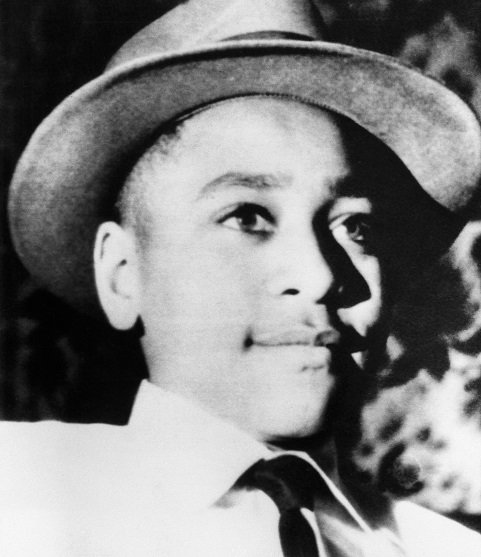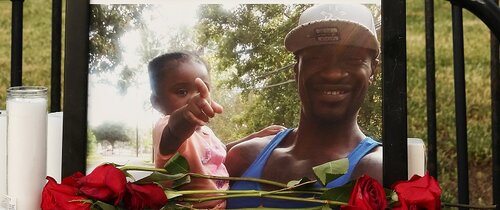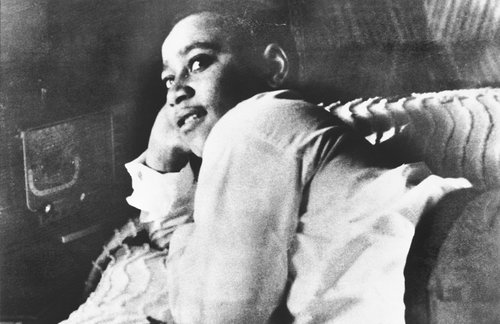NBCU Academy Presents “Behind the Story”
NBC News correspondent Rehema Ellis discusses media coverage of the 1955 murder of Emmett Till, and how its powerful imagery helped ignite the civil rights movement. In 2020, the video of George Floyd’s murder provoked similar national outrage. NBCU Academy looks at the responsibility journalists have when deciding whether to show controversial imagery.
The video above contains graphic imagery that may be disturbing to some viewers. You can also read an edited transcript of Ellis below.
People need to see the truth. The truth can be horrifying and unnerving. But sometimes people have to be shocked with the truth to gain an understanding of what’s happening in this country and for there to be change.
Shortly after the end of the Civil War, state and local laws were passed that marginalized Black people and dictated where they could live, where they could work, how much they were paid and even where they could sit.
Imagine the kind of life you lived if you were a Black person in the Jim Crow South – careful of what you said, careful of where you walked, moving to the side if someone white was coming in your direction and careful of how you even looked at someone who was white. That was the law of the land.
Stories were written about the atrocities committed against Black people for centuries and images of lynching were printed and distributed. People took picnic baskets as they watched the lynching of a human being who was a different color from them.
The killing of Emmett Till in 1955 finally brought change.

Emmett Till, a 14-year-old boy who grew up in Chicago, was sent by his mother to visit relatives in a little town called Money, Mississippi. There, Emmett reportedly looked at a white woman the wrong way, and may have even whistled at her. That night, when Emmett was home with his cousins, white men broke in, kidnapped Emmett and beat, shot and lynched him. His mangled body was found in the Tallahatchie River.
Two white men were brought up on charges: the husband of the woman who accused Emmett Till of whistling at her, and her brother-in-law. Not one Black person sat on the jury, and when the woman testified how Emmett had whistled at her, the jurors thought that he should have known better. The two white defendants were found not guilty, and a short time later they admitted to killing Emmett, knowing full well that double jeopardy would prevent a retrial.
When Emmett’s body was brought back to Chicago, his mother chose to hold an open-casket funeral, so that the world would see the horror that was inflicted on her child.
Jet magazine, a Black-owned periodical, published the image of Emmett Till’s battered body. Almost every Black person in the country had a copy of Jet on their coffee table. I can’t imagine the discussions in the Jet magazine office, to publish or not to publish, to show or not to show. What would the impact be? What would the uproar be? How would people respond to this? Could people handle this? And then coming to the conclusion: “We’ll find out.”
This decision changed the trajectory of history in this country. People said, “Enough. This has to stop.” Emmett Till became one of the icons of why the civil rights movement had to go forward.
We watch those stories and think, “How horrible,” and “Thank goodness that can’t happen now.” But in 2020 it did happen – with the murder of George Floyd.

Floyd was approached by police in Minneapolis, Minnesota on suspicion of trying to pass a counterfeit $20 bill. He didn’t shoot anybody, rob anyone, crash his car or flee. Police officers pinned George Floyd to the sidewalk, one officer kneeled on his neck and choked him, and he died – over a $20 bill.
The incident was caught on camera, and George Floyd can be heard in the video saying “I can’t breathe, officer!” People reacted to the widely circulated video by going to the streets to express their anger and outrage.
Is a picture worth a thousand words? That was true in Emmett Till’s case and George Floyd’s case. That’s why newsrooms need to have discussions before they publish imagery that is so powerful, profound and dramatic.
We have to make certain that what we put out for our viewers is accurate and we have to be certain of the images’ impact. What is going to be the end result of showing this, and should we do it?

We have a responsibility to get it right. NBC News has a whole Standards department that’s devoted to making certain that the network’s standards are adhered to, in terms of what we say, what we write, what we print on our digital platform and what is shown on broadcast.
Some imagery can leave you unsettled, and maybe it should. That’s why we make a decision to put something on the air, because it needs to be seen.
In his death, Emmett Till has given us something. He’s given us something to look at. “Remember me. Say my name. Look at me, and let’s change.”
Remember Emmett Till.



